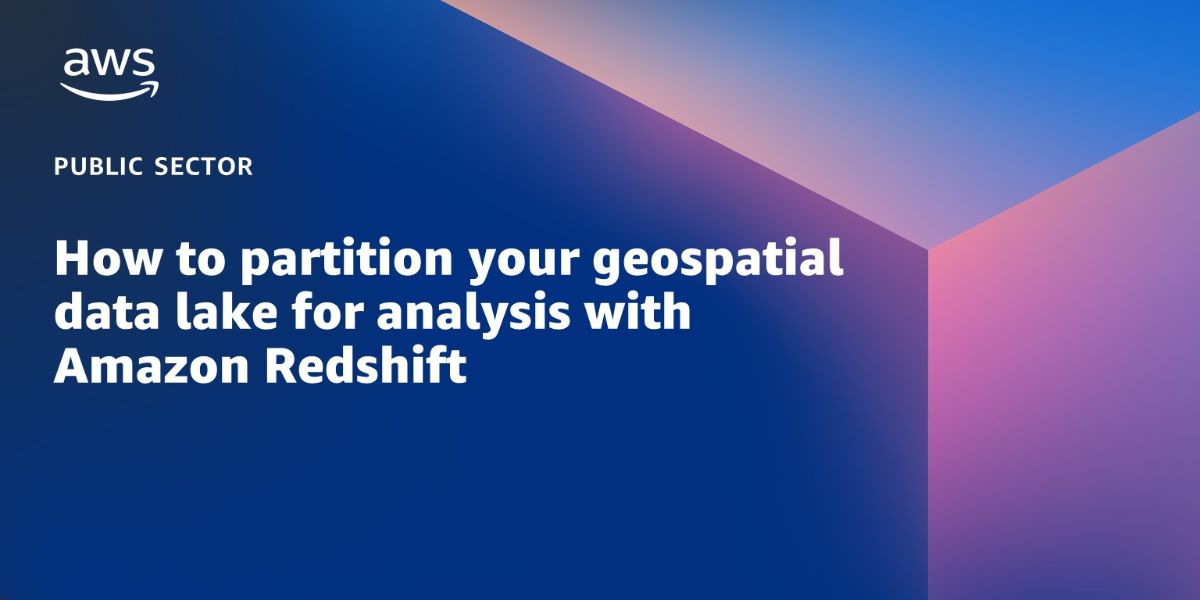AWS Public Sector Blog
Category: Amazon Redshift
Disaster response and risk management using PNNL’s Aether framework on AWS
The Pacific Northwest National Laboratory (PNNL) developed Aether as a reusable framework for sharing data and analytics with sponsors and stakeholders. Aether is a mature cloud-centered framework designed using Amazon Web Services (AWS) serverless services to provide a cost-effective and reliable environment for a dozen projects currently deployed with the framework. Read this post to learn more about how Aether’s serverless-first approach is enabling disaster response and risk management.
Powering the generative AI era: What you missed at the AWS Public Sector Symposium Brussels
On 12 March, the Amazon Web Services (AWS) Public Sector Symposium Brussels returned to the Brussels Expo in Belgium. The no cost, in-person conference gathered cloud enthusiasts interested in the public sector for a day dedicated to deepening knowledge of how the cloud and generative artificial intelligence (AI) are transforming organizations and businesses around the world. Central to the event were the themes of generative AI, sustainability, security, and— importantly for Europe—digital sovereignty. Read this blog post for all of the key takeaways.
How to partition your geospatial data lake for analysis with Amazon Redshift
Data lakes are becoming increasingly common in many different workloads, and geospatial is no exception. In 2021, Amazon Web Services (AWS) announced geography and geohash support on Amazon Redshift, so geospatial analysts have the capability to quickly and efficiently query geohashed vector data in Amazon Simple Storage Service (Amazon S3). In this blog post, I walk through how to use geohashing with Amazon Redshift partitioning for quick and efficient geospatial data access, analysis, and transformation in your data lake.
Data is helping EdTechs shape the next generation of solutions
Forrester estimates that data-driven businesses are growing at an average of more than 30 percent annually. This is also happening at education technology companies. With new data sources have emerging, including real-time streaming data from virtual classrooms, mobile engagement, unique usage, and new learners, these data sources are shaping the next generation of EdTech products that engage learners meaningfully around the world. Learn how four AWS EdStart Members are utilizing data to power their solutions.



